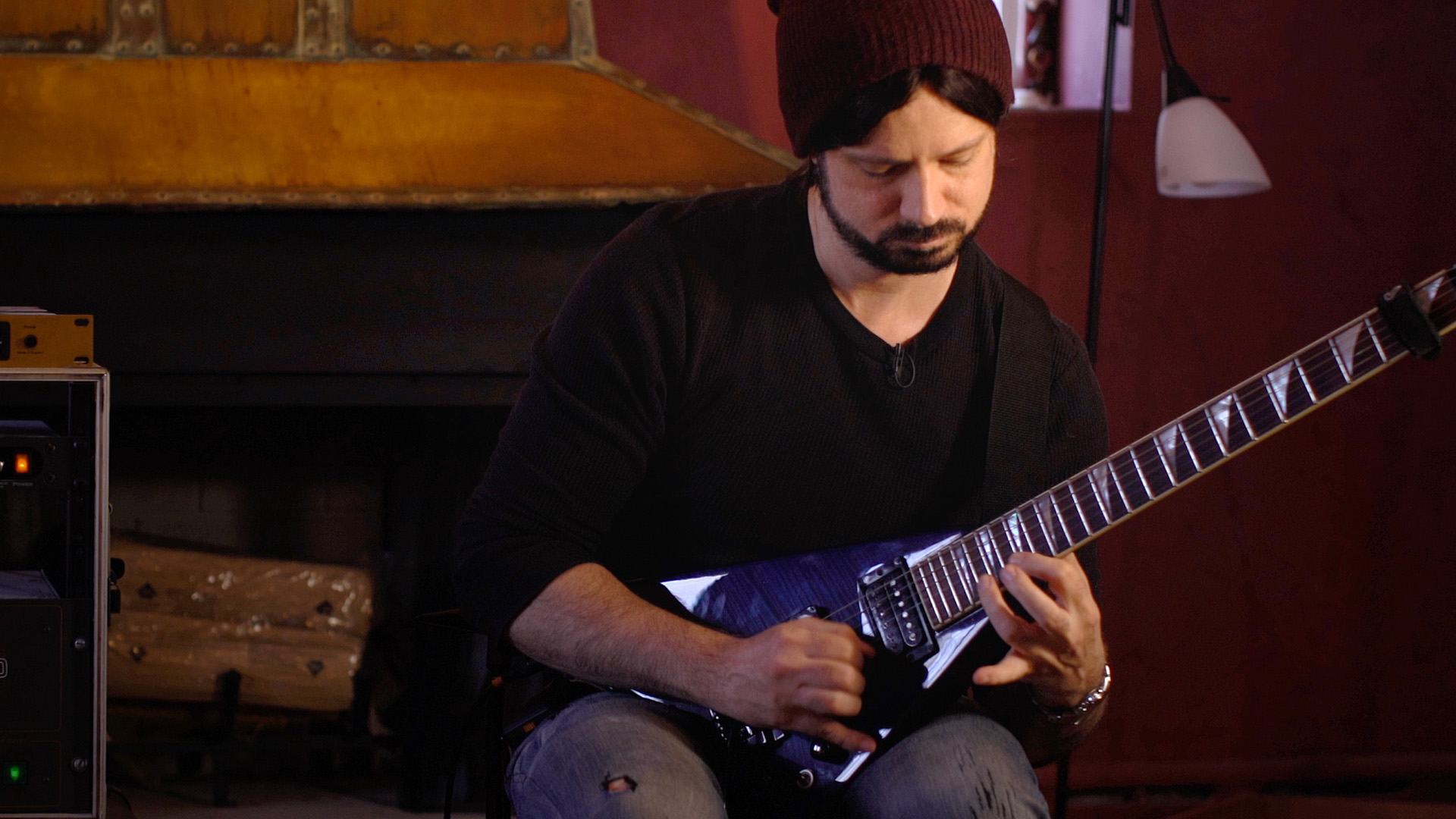I always kind of chuckle at these conversations
Its always presented in terms of “fast” vs “slow” and we all repeat the mantra “but slow motions arent the same as fast motions”
So those are our choices? “fast” vs “slow”. Like those are the only things that exist. yeah if that were the case then id get the argument. buts its NOT the case.
Lets say bleeding edge for me on a certain lick is around 176bpm. Ok, so “slow” might be around 100. Yeah, I get that the motion at 100 isnt going to be exactly the same as it is around 176. But what about 160??? What about 152?
The motion at 152 or 160 is going to be pretty similar to that at 176.
I see Joe Stump mention this on his instructional vids. Let say he can play Sextuplets at around 13.5 to 14nps. That would be around 135 to 140bpm. So he did a whole vid around the Yngwie 6 note pattern and he mentioned had the metronome around 116bpm. He calls it “aerobic” practice. Its fast enough to challenge him but not bleeding edge and its slow enough to be controlled without one falling asleep
so if you do the math it means he is playing a lot at around 85% of his top speed
I feel its a bit of a straw man to say “the motions done slowly arent the same as done at top speed.” I think we are all sophisticated enough to know that the motions at 80 will be different than at 160
But if we take the Joe Stump example above, if he took all those licks at 116 and then bumped it up to 120 until comfortable, then later 124, he is simply getting faster IMO. Has nothing to do with him going back to 80bpm
another point to be made: we were presented with 3 methods to increase speed. But why do we have to choose ONE?? Cant we use them all?? of course we can
on one of Claus’ vids he shows several different ways to use a metronome. One is called “TV practice” where you take a new lick and work it with a metronome until you understand the lick and have it grooved enough to play without thinking about it. Then you take it and play it without the metronome as you watch TV. So I assume that would be around 80% of your top speed. This is his version of “slow” practice WITHOUT MISTAKES.
But then he has other methods where you are pushing into speeds where you WILL make mistakes because its simply pushing your capabilities. he has one called “double time” where if your top speed is, say, 160. Okay so you set the metronome around 85 and you play the lick a certain number of times and then you play it double time so you are attempting it at 170. I suppose its a version of burst but its trackable etc.
Then he has “stop and evaluate” where you set the 'nome near, or at, or just above your top speed and you play your lick once, then you pause for the same amount of space and evaluate what you just played. Then you play it again once more and stop and evaluate again. Its actually pretty cool because you CAN feel where your weak point is on a lick. like for me its almost always going to be upstrokes going to a higher string. Then of course you can isolate that weakness and work on it. Its also cool because you are playing the lick from a dead stop each time as opposed to just “getting it going” and keeping it going etc.
So we have way more choices than just simple “fast” and “slow” methods

